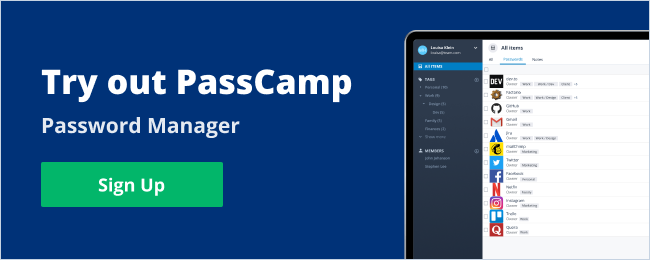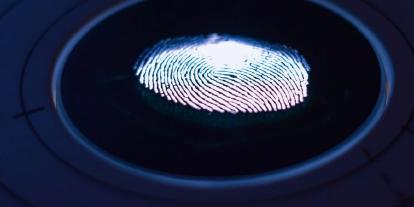Discover What Malicious Software is and How to Protect Yourself
Malware is malicious software designed to gain access to a computer or network without the owner’s knowledge or consent.
It can be used for many malicious purposes, such as stealing information, spying on users, and disrupting or disabling computer systems.
Types of Malicious Software
Malware is a broad term that encompasses a variety of malicious software, such as viruses, worms, Trojan horses, ransomware, and spyware. Each type of malware has unique characteristics and can cause different types of damage.
How Does Malware Spread?
Malicious software can spread in many ways, such as through email attachments, downloads, USB drives, and other means of transferring files. It is also possible for malware to spread through infected websites or by exploiting security vulnerabilities in computer systems.
Email attachments
Email attachments are one of the most common ways for malware to spread. If a user opens an email attachment that contains malware, it will be installed on the user’s computer. Later, it can spread to other computers on the network. It is important to be cautious when opening email attachments, as they can contain malicious software.
Infected downloads
Downloads are another common way for malware to spread. If a user downloads a file from the Internet that contains malware, it can be installed on the user’s computer and spread to other computers on the network. It is important to only download files from trusted sources and to scan them for malware before opening them.
USB drives
USB drives are also a common way for malware to spread. If a user inserts an infected USB drive into their computer, it can install malware on the computer and spread it to other computers on the network. It is important to scan USB drives for malware before opening them.
Websites and other security vulnerabilities
Finally, malware can spread through infected websites or by exploiting security vulnerabilities in computer systems. Malicious websites can contain code that will install malware on a computer when the website is visited.
Attackers can also exploit security vulnerabilities in computer systems to gain access to a computer and install malware.
The Damage Malware Can Do
Malicious software can cause damage, depending on the type of malware and how it was used.
Viruses can cause damage to the files and programs on the infected computer, as well as slow down the performance of the computer.
Worms can spread rapidly through computer networks and the Internet and can be used to launch Distributed Denial of Service (DDoS) attacks.
Trojan horses can give attackers access to the infected computer and allow them to perform malicious activities.
Ransomware can encrypt files on a computer and demand a ransom to unlock them. And spyware can be used to track a user’s online activities or to steal passwords and other sensitive information.
In addition to the direct damage that malware can cause, it can also lead to other problems. For example, malware can be used to steal data or gain access to networks and systems. It can lead to the theft of confidential information or the disruption of services.
It can also lead to the spread of malicious software or the exploitation of security vulnerabilities in computer systems.
How to Protect Your Computer from Malicious Software
There are several steps you can take to protect your computer from malware.
The first step is to keep your operating system and software up-to-date. Software updates often include security patches that can help protect your computer from malware.
It is also important to use strong passwords and to avoid clicking on suspicious links or downloading files from untrusted sources.
You should also install and use security software, such as antivirus and antispyware programs. These programs can detect and remove malware from your computer. They can also scan downloads and attachments for malicious software and alert you if any is detected.
Finally, you should be cautious when using public Wi-Fi networks. If possible, you should avoid using public Wi-Fi networks, as they can be used to spread malware. If you must use a public Wi-Fi network, make sure to use a virtual private network (VPN) to encrypt your traffic and protect your data.
How to Remove Malicious Software from Your Computer
If you suspect that your computer is infected with malware, you should take steps to remove it as soon as possible.
- Disconnect your computer from the Internet and any other networks it is connected to. This will prevent the malware from spreading to other computers on the network.
- Scan your computer for malware using a trusted security program, such as an antivirus or antispyware program. If any malicious software is detected, the security program should be able to remove it. If the security program is unable to remove the malware, you may need to use a specialized malware removal tool.
- Once the malware has been removed, you should update your operating system and software and run a security scan to ensure that the malware has been completely removed.
Conclusion
Malware is malicious software designed to gain access to a computer or network without the owner’s knowledge or consent. It can cause damage, from the destruction of files and programs to the theft of sensitive information.
The best way to protect your computer from malware is to take steps to prevent infections in the first place. It includes keeping your operating system and software up-to-date, using strong passwords, avoiding suspicious links and downloads, and using a virtual private network (VPN) when using public Wi-Fi networks.
You should also install and use security software, such as antivirus and antispyware programs, as well as specialized security programs to protect against more advanced threats.
By following these steps, you can protect your computer from malware and help keep your data safe.





